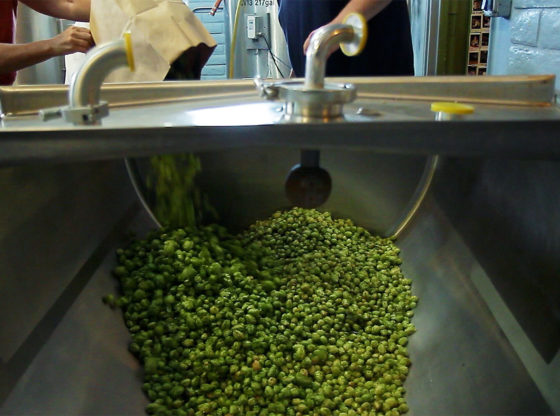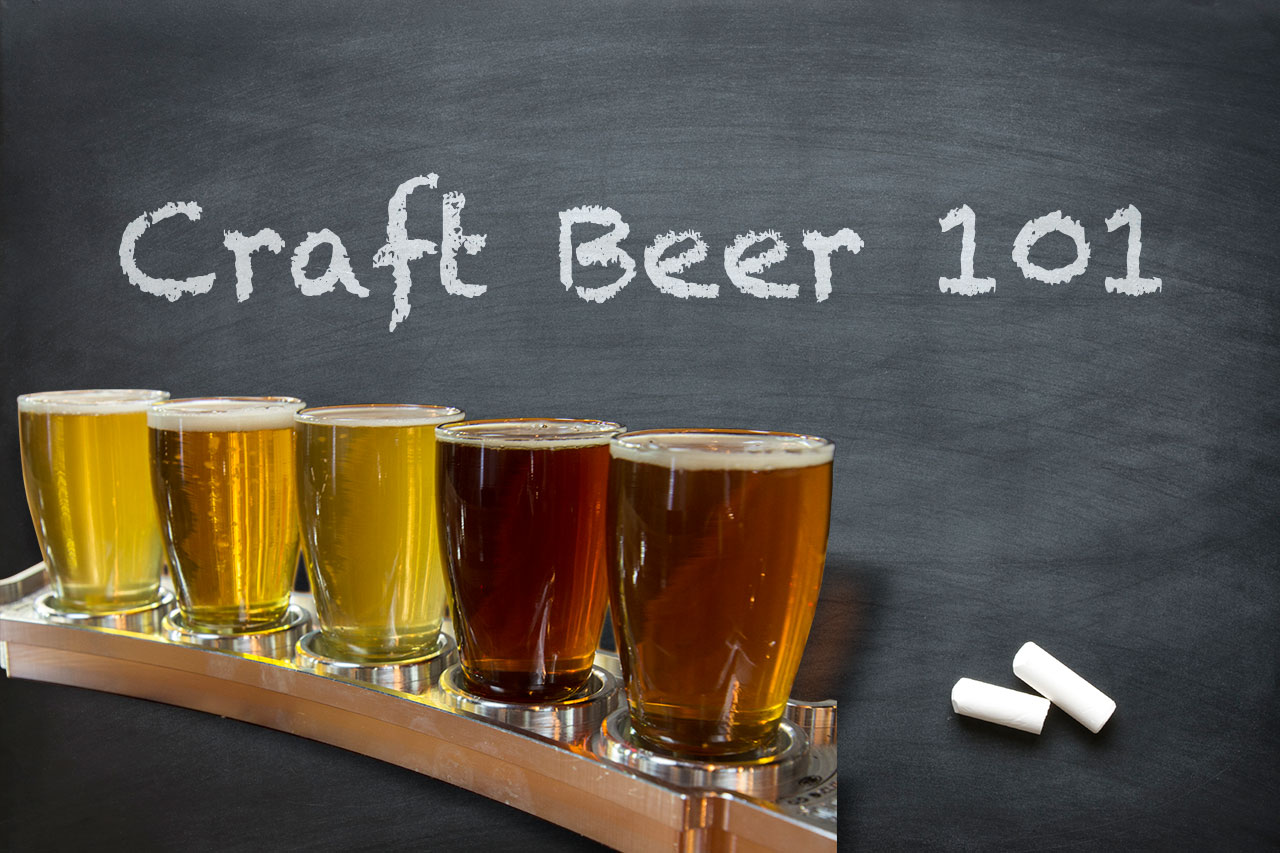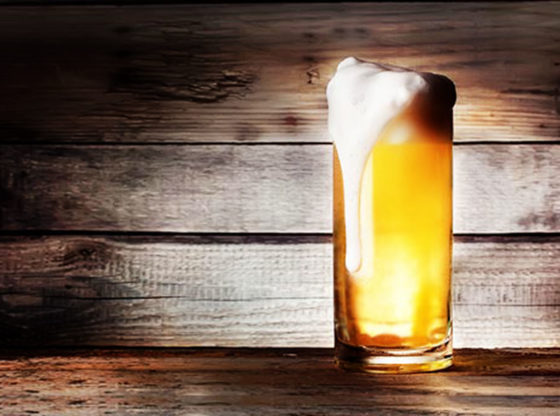I’m sure there’s plenty of you saying to yourselves, “Seriously? What are you gonna tell me about growlers?” Well, maybe nothing… I do understand that with 112 (at last count) breweries here in San Diego, we’re the third largest producer of craft beers in the country, so yeah… The average Brew-Q is probably pretty high around here and many of you are already authorities.
Well okay then… If you’re the sort who’s busy contemplating the fruity esters of your favorite Saccharomyces cerevisiae, than just enjoy the dueling growlers pictured above and call it a day. I’m sure we can find something more suited to your complex and refined palate the next time around. In the meantime, we try to offer a little something for everyone, hence the designation Craft Beer 101.
The History of the Growler
To get right to the point, there’s no single, iron-clad history of where or how the actual etymology of the term “growler” developed in it’s application to what is in essence, little more than a big-ass medicine bottle. At least, that’s what it looks like now…
From the perspective of the growler’s place in US history, it wasn’t until somewhere around the mid-1800’s that traditional bottled beer became common. Prior to that, if you wanted beer outside of the bar, you had to put it in anything you could lay your hands on. The two-quart galvanized pails pictured became popular, as did the “bucket boy” (left) whose responsibility it was to “rush the growler”. One of the more entertaining explanations for the use of “growler” referenced the contention which sometimes arose between bartenders and patrons over the fact that the pail held two quarts, but they typically only filled it half way to make provision for the ample head.
 Now, to digress just slightly, just ponder the bigger picture here for a second… There was a time in this country when you could send out for a growler of beer just like you were ordering a pizza, and some guy (or child) would run you over an open bucket of beer… Not exactly elegant, and I don’t know the science behind how a galvanized surface might affect the taste of your favorite barrel-aged limited release, but you gotta love that kind of service and convenience. Wonder if Bezos had any kinfolk “rushing the growler” back in the day?
Now, to digress just slightly, just ponder the bigger picture here for a second… There was a time in this country when you could send out for a growler of beer just like you were ordering a pizza, and some guy (or child) would run you over an open bucket of beer… Not exactly elegant, and I don’t know the science behind how a galvanized surface might affect the taste of your favorite barrel-aged limited release, but you gotta love that kind of service and convenience. Wonder if Bezos had any kinfolk “rushing the growler” back in the day?
The Modern Growler
Other explanations for the “growler” designation have to do with the noise associated with the sound of the beer sloshing in the pail, the sound of carbonation escaping, even the sound of a thirsty patron’s stomach when their growler wasn’t “rushed” in a timely fashion. Despite the ambiguity surrounding the origin of the name, I think we can all agree that an open bucket isn’t the ideal way to transport our favorite ambrosia. But how much better is it’s modern counterpart?
associated with the sound of the beer sloshing in the pail, the sound of carbonation escaping, even the sound of a thirsty patron’s stomach when their growler wasn’t “rushed” in a timely fashion. Despite the ambiguity surrounding the origin of the name, I think we can all agree that an open bucket isn’t the ideal way to transport our favorite ambrosia. But how much better is it’s modern counterpart?
At least one brewmaster I’m aware of, well he thinks they straight up suck…
“It’s more of a love-hate relationship,” according to brewmaster and editor-in-chief of The Oxford Companion to Beer, Garrett Oliver:
”Brewers love the opportunity to get some beers that are not in bottles in front of a general public, and certainly beer drinkers love them [but] ”Brewers tend to hate them. Growlers are basically beer destroyers. They’re often unsanitary, and the refilling process mixes in a lot of oxygen–the tiniest amount of oxygen kills beer so quickly. Then, if you walk across the street with say, an IPA, in full sunlight, with a clear growler, the beer will skunk before you get to your car.”
Skunk before I get to my car??? WOW…
It’s still gotta be better than a galvanized metal pail.
Na zdrowie 🙂




